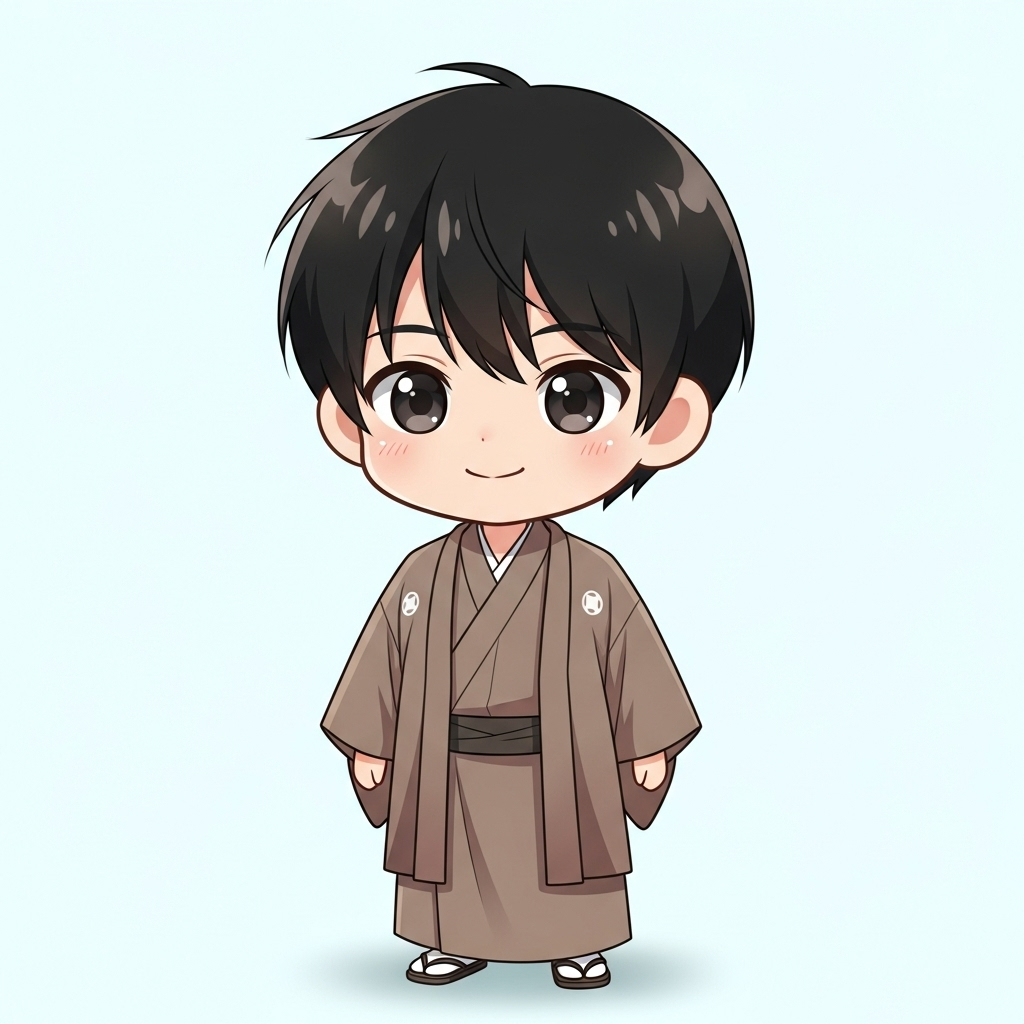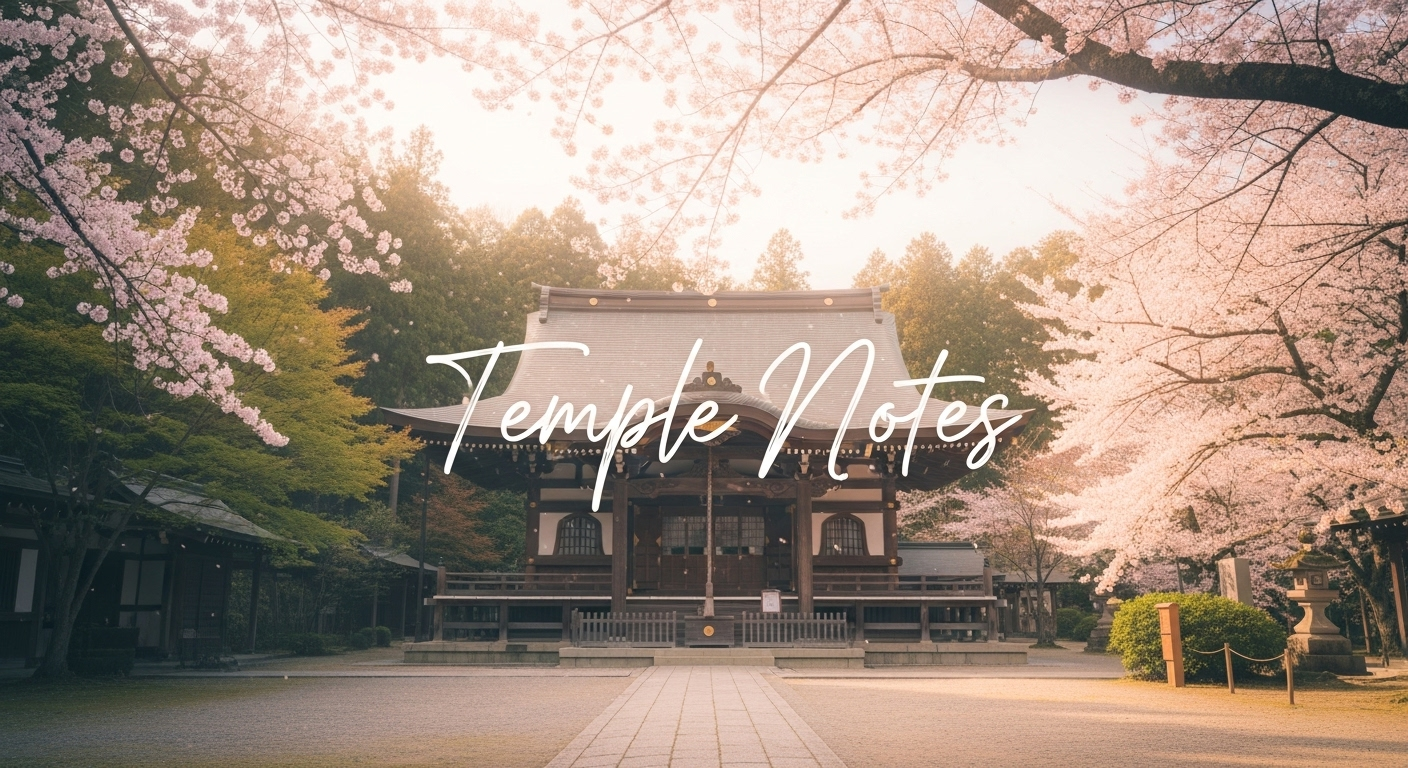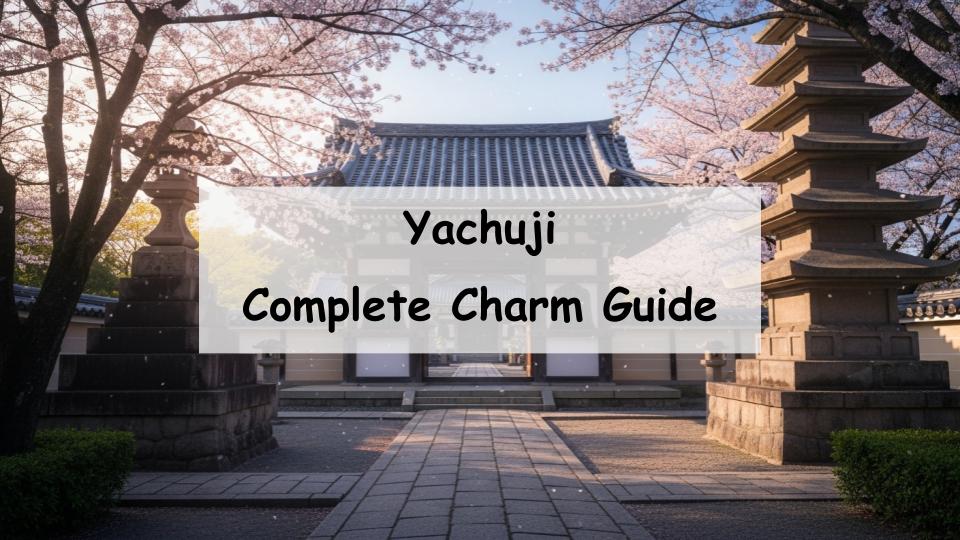Located in Habikino City, Osaka, Yachū-ji Temple is a historic Buddhist site that preserves the legacy of Japan’s ancient culture. Many visitors wonder, “What makes Yachū-ji special?” or “Is it easy to get there?”
In short, Yachū-ji is a must-visit destination for both history lovers and photography enthusiasts. The temple offers a rare glimpse into Asuka-period Buddhist architecture and an atmosphere of deep serenity.
In this article, you’ll learn all about Yachū-ji’s history, highlights, seasonal beauty, access routes, and nearby attractions—everything you need to fully enjoy your visit.
What Is Yachū-ji Temple? Exploring Its History and Origins
Yachū-ji, located in Habikino City, Osaka Prefecture, belongs to the Koyasan Shingon sect of Buddhism and enshrines Yakushi Nyorai (the Medicine Buddha) as its main deity.
The temple is said to date back to the Asuka period (6th–7th century) and is closely connected to Prince Shōtoku, a key figure in Japan’s early Buddhist history. Although the original complex was lost to fire during the Nanbokuchō period, foundation stones and other relics remain, testifying to the temple’s ancient grandeur.
Origins and Historical Background
According to legend, Yachū-ji was built with the help of Soga no Umako under the guidance of Prince Shōtoku. Excavations have uncovered roof tiles and relics that confirm the temple’s prominence from ancient to medieval times. Today, the site’s remains—such as the pagoda and main hall foundations—are protected as National Historic Sites.
Connection to Prince Shōtoku
Yachū-ji is one of the “Three Taishi Temples of Kawachi,” together with Eifuku-ji (“Upper Taishi”) and Daiseishō-gun-ji (“Lower Taishi”). As the “Middle Taishi,” it has long been associated with legends and traditions related to Prince Shōtoku, making it a significant center of early Buddhist worship.
Meaning Behind the Name “Yachū-ji”
The name “Yachū-ji” derives from the old local term “Yachū,” meaning “in the field.” It reflects the temple’s deep roots in the surrounding landscape, once a central hub of Buddhist practice. Locally, it is affectionately known as “Nakanotaishi”, or “the Middle Taishi Temple.”
Highlights and Attractions of Yachū-ji Temple
The true charm of Yachū-ji lies in its ancient ruins, historical sculptures, and peaceful ambiance. It’s a place where visitors can walk through centuries of history while enjoying the quiet beauty of traditional Japanese temple grounds.
The Main Statue: Yakushi Nyorai
The temple’s principal image, Yakushi Nyorai, is enshrined as a sacred statue and usually kept hidden. On the 18th of each month, a special viewing is held, allowing worshippers to see the statue up close. The calm expression of the Medicine Buddha embodies healing and compassion, central to Yachū-ji’s spiritual identity.
Architectural Features from the Asuka Period
Yachū-ji’s layout follows the Hōryū-ji style, one of the earliest forms of Japanese Buddhist temple architecture. The preserved foundation stones of the pagoda and main hall show the temple’s original structure, offering valuable insights into early Buddhist construction techniques.
Cultural Properties and Historical Sites Within the Grounds
Pagoda and Main Hall Ruins
Visitors can still see the foundation stones of the old pagoda and main hall, which suggest the impressive scale of the original complex. These remains, surrounded by quiet nature, provide an evocative setting for contemplation and photography.
Nationally Designated Important Cultural Assets
Yachū-ji preserves several Buddhist statues from the Asuka and Heian periods, including some designated as Important Cultural Properties. Notable examples include a gilt bronze Miroku Bosatsu (Maitreya) and a Heian-period Jizō Bosatsu, both prized for their craftsmanship and preservation.
Enjoying Yachū-ji Through the Seasons
In spring, the temple grounds bloom with cherry blossoms, creating a stunning harmony between flowers and ancient stones.
During summer, the lush greenery and deep quiet make it ideal for meditation and reflection.
In autumn, vibrant red and gold leaves transform the temple into a painterly scene.
Winter brings a crisp serenity, when the temple’s solemn form stands gracefully against the cold air.
No matter the season, Yachū-ji offers timeless beauty and tranquility to every visitor.
How to Get to Yachū-ji Temple
By Train or Bus
To reach Yachū-ji, take the Kintetsu Minami-Osaka Line to Fujidera Station or Furuichi Station, then ride a Kintetsu Bus to the Nonoue bus stop. From there, the temple is only a short walk away.
By Car
For those driving, Yachū-ji is accessible via the Fujidera IC (Nishimeihan Expressway) or Habikino IC (Minami-Hanna Road). There is a small free parking area near the temple, but spaces are limited, so public transport is recommended during busy periods.
Nearby Sightseeing Routes
Because Yachū-ji is located near many historical landmarks in Habikino, it’s easy to combine your visit with nearby temples or the Furuichi Kofun Cluster, a UNESCO World Heritage Site. Exploring the area as a half-day walking route provides a deeper appreciation of Japan’s early history.
Nearby Attractions and Local Cuisine
The area around Yachū-ji retains the charm of old townscapes, with small shrines, temples, and local eateries. After exploring, visitors can enjoy Osaka-style local dishes or relax in a quiet café nearby. Spending a few hours wandering the neighborhood allows you to experience both history and hospitality.
Other Historical Spots to Visit
Yachū-ji serves as an excellent starting point for exploring nearby temples, tombs, and ruins. The area’s rich archaeological and religious heritage offers a unique glimpse into Japan’s ancient past.
Local Cuisine in Habikino
Habikino City is known for its fresh, seasonal Japanese cuisine, often served in small, family-run restaurants. Visitors can savor local specialties and traditional flavors that reflect the region’s agricultural roots.
Relaxing Cafés for a Short Break
There are several charming cafés near Yachū-ji and the surrounding stations where you can unwind with tea and Japanese sweets. It’s the perfect way to reflect on your temple visit before continuing your journey.
Conclusion: Experience the History and Serenity of Yachū-ji Temple
Yachū-ji Temple is a rare place where you can encounter the essence of Japan’s early Buddhist culture. Its Asuka-period ruins, historic sculptures, and tranquil setting invite visitors to step back in time and connect with the spirit of Prince Shōtoku.
Before visiting, check for special viewing days and seasonal events to make the most of your trip. Whether you’re drawn by history, architecture, or quiet contemplation, Yachū-ji offers an unforgettable journey into the heart of Japan’s spiritual heritage.
A Message from the Guide

If you want to see the Miroku Bosatsu (Maitreya) and Jizō Bosatsu (Kṣitigarbha) statues, visit the temple on the 18th of each month.












Comment